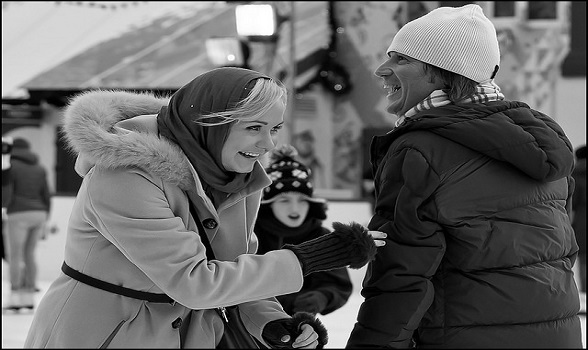 Quick Notes: the importance of narrative dialogue
Quick Notes: the importance of narrative dialogue
Recently, I graduated from Lesley University with an MFA in creative writing, and I decided that I wanted to share what I learned in a series of blog posts.
I decided to share for two reasons:
1) My notes, although not too detailed, could possibly help other writers.
2) Rewriting my notes forces me to re-read and re-think everything I learned, so it’s a win-win.
But before we dive in, please keep two things in mind:
1) These notes are neither complete nor perfect. The classes at Lesley were not typical lecture/note classes; the classes were filled with writing and thinking exercises and often this left no time for notes (in a good way). However, even with that, these sparse notes, I do believe, could still offer value.
2) I may, from time to time, include actual writing prompts from the classes, please bare with me, they’re first drafts and were done in the moment.
I hope you enjoy this series of notes and if you have any questions about the notes, Lesley University, or MFA’s, please feel free to contact me.
Dialogue Across Genres
The dignity of an iceberg is that 90% of it is unseen, underwater. In writing, you, the writer, need to know and see everything, but sometimes it’s about what a character doesn’t do, or doesn’t say.
What dialogue can show: information, relationship, character intention, character personality, background, place, time, and produces tension.
How a character talks: diction, rhythm, slang, lingo, pauses, all tells us something.
Subtext
What’s below the surface?
What is left out and not shown or said?
Words -> Voice -> Image -> Action
Dialogue should be moving the story forward.
Dialogue needs to be accurate and realistic.
Click here to see more MFA Notes…
Recommended book for this section: Write Great Fiction – Dialogue, by Gloria Kempton.
Picture: Flickr/Dmitry Ryzhkov